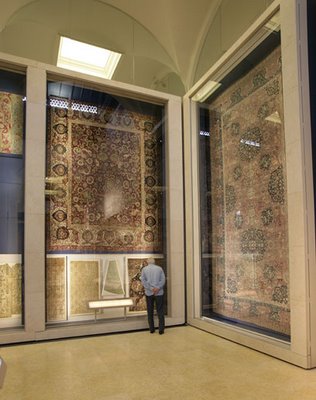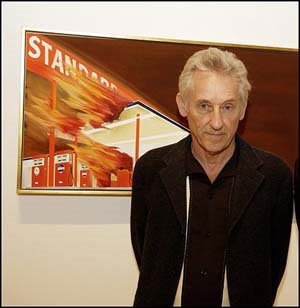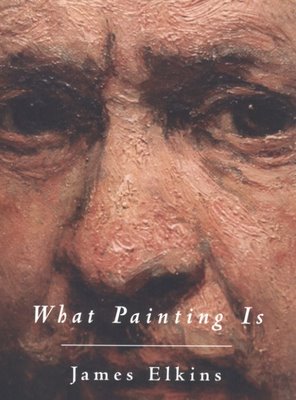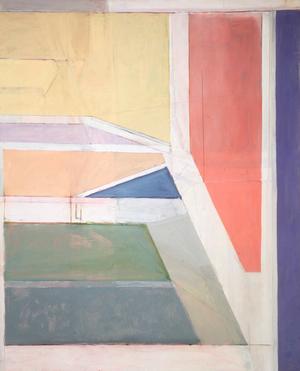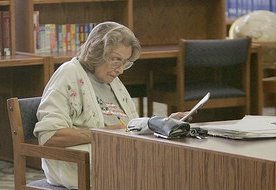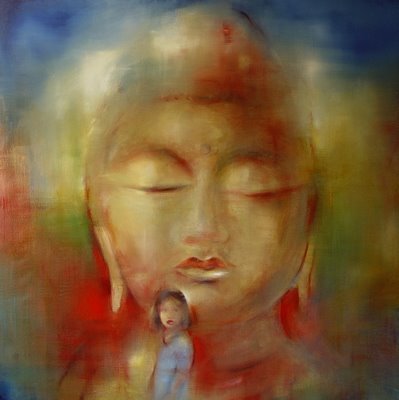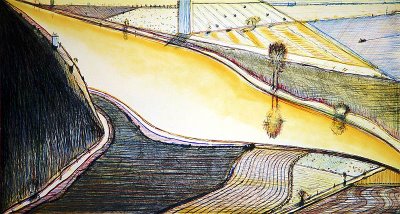 "Die Blechtrommel (The Tin Drum)"
"Die Blechtrommel (The Tin Drum)" Günter Grass
lithograph
(Grass' first novel -''The Tin Drum''- is a magnificent attempt to portray the horror and stupidity of the Nazi years.)
In an interview with the Frankfurter Allgemeine Zeitung, German Nobel Laureate Günter Grass admits that, between 1944-45, he was a member of Hitler's Weapons SS. Günter Grass says the shame of his youthful naivety has long haunted him and that it will now be his "Scarlet Letter."
Der Spiegel reports that Ralph Giordano, a leading German-Jewish writer, said he would not condemn Grass and praised his belated confession:
"It's good what Günter Grass has now done,'' Giordano said. ''What's worse than making a mistake is not coming to terms with it. His example also shows how seducible young people can be.''
One of the most powerful organizations in Nazi Germany, the SS played a key role in the Holocaust, operating the death camps in which millions died. But by the war's end when Grass was inducted, most were drafted and many under 18.
Der Spiegel reports :
" At first, says Grass, he saw the Weapons SS as an elite unit, and not as something "repulsive." It wasn't until later that he became plagued by feelings of guilt. "For me, the whole thing was always tied to this question: Could you have realized what was going one at the time?"
"Grass says he has always known that the day would come when he would have to talk about this part of his past. Did he miss the right opportunity to discuss his SS membership? "I don't know," says the author, artist and poet. "It's certainly the case that I believed what I did as a writer was enough. After all, I went through my learning process and reached my own conclusions. But there was still this lingering blemish."
 "Ich bin dabei gewesen"
"Ich bin dabei gewesen" Günter Grass
lithograph
"More amusing than sensational is Grass's recollection of a boy named Joseph, with whom he spent time in a prisoner-of-war camp. When asked whether this 17-year-old was in fact, Joseph Ratzinger, the man who became Pope Benedict XVI, Grass says: "He became my friend and we played dice together. I had managed to smuggle my dice shaker into the camp. I wanted to be an artist and he was interested in a career in the church. He seemed a little shy, but he was a nice guy."
"Like Grass, Joseph Ratzinger, now Pope Benedict XVI, was in fact imprisoned at Germany's Bad Aibling camp. Whether the Vatican will comment on Grass's recollections remains to be seen."
After serving in World War II, Grass ended up in Berlin, where he studied art.
Having trained as an artist, Mr. Grass began his career with a book of poems illustrated by his own drawings. Grass became well known as an author and a biting social critic but has continued to produce visual art over the years.
Vivien Raynor in an article from the New York Times published on March 28, 1982 reviews Grass' lithographs: " The visions of the artist, which are inextricable from those of the writer, have roots that go much deeper than the 20th century. The prints, with their implications of dazzling white light, their sinuous but firm lines and their textures that range from rich black hatching to a delicate gray stipple worthy of Aubrey Beardsley, are strange in the way that the works of Arnold Bocklin, Otto Runge and Max Klinger are strange."
